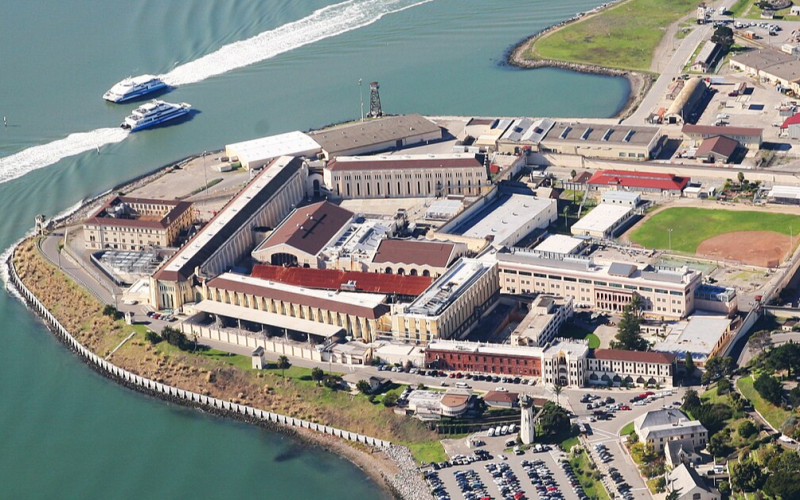California plans to transfer over 450 death row inmates currently housed in San Quentin to other prisons over the coming months.
Monday, the California Department of Corrections and Rehabilitation (CDCR) announced the transfer plan, coming five years after Gov. Gavin Newsom placed a moratorium on the death penalty.
The backstory: In 2016 voters approved Proposition 66, which requires death-sentenced inmates to work to pay restitution to their victims.
- Proposition 66 also allowed prisoners sentenced to death to be housed in other prisons besides San Quentin.
The big picture: Last month the CDCR began transferring death-sentenced inmates to other prisons, with 70 inmates transferred already.
- There have also been 20 inmates in the Central California Women’s Facility relocated to the general population.
- In total, there are 644 people with condemned sentences within state prisons.
- The move comes after a pilot program conducted from 2020-2022 transferred 104 death-sentenced inmates from San Quentin to other facilities.
State of play: The Condemned Inmate Transfer Program assigns death row prisoners to different security levels based on their behavior and the risk they pose to others.
- CDCR is moving toward a behavior-based system where prisoners are housed according to their individual case factors, as reviewed by the Institution Classification Committee.
- All death row inmates will be transferred to an institution that at least has a Level II security level and a lethal electrified fence. They will be designated as “close custody” for at least five years, as well, which provides the highest security level while allowing them to be integrated into the general population.
What they’re saying: “This transfer enables death-sentenced people to pay court-ordered restitution through work programs. Participants are placed in institutions with an electrified secured perimeter while still integrating with the general population,” said Secretary Jeffrey Macomber.










